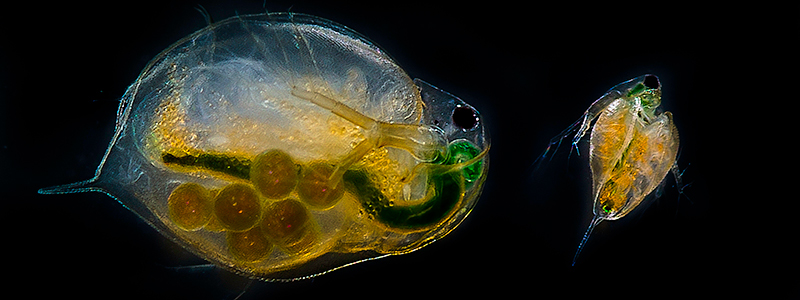How does nature respond to changes in temperature?
How does nature respond to changes in temperature?
How does nature respond to changes in temperature?
A fundamental aim in ecology is to understand how organisms respond to changing environmental conditions. This is becoming particularly pressing under a scenario of global warming. In the current project ("Eco-evolutionary dynamics of thermal reaction norms") we are working on solving some of the intricacies that need to be understood regarding this.
This web-page has three aims:
First, we would like to explain what we are doing and why we are doing it.
Second, we publish a Facebook project diary, where we record small and large events. Here we will be painfully honest, not only documenting the successes that the public usually learns about, but also revealing the hurdles and failures that most scientific projects encounter.
Finally, we hope to stimulate an interest in nature and science in general, and temperature-effects in particular, by providing suggestions for how some of the biological mechanisms that are at the core of our work can be illustrated in schools and pre-schools.

